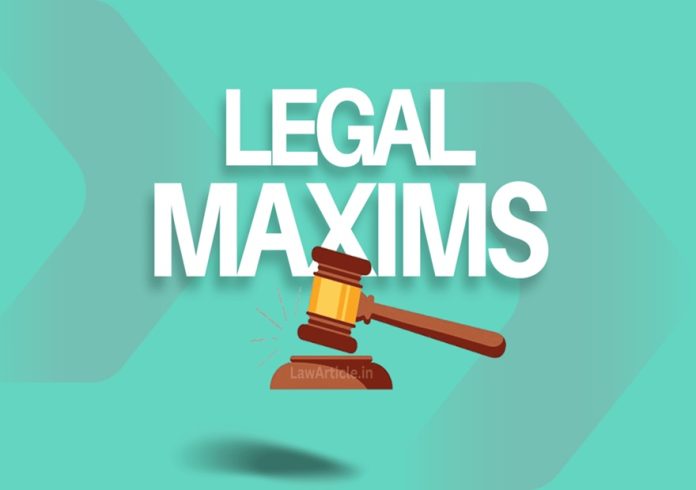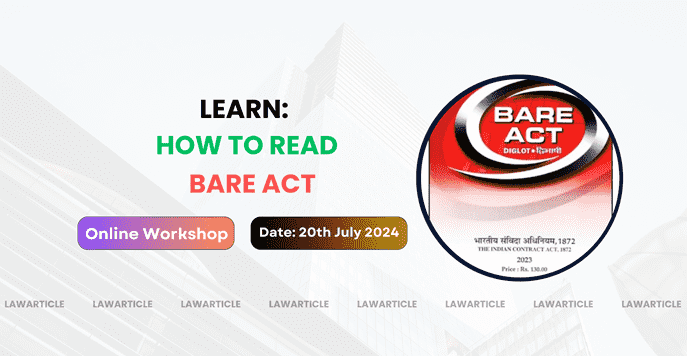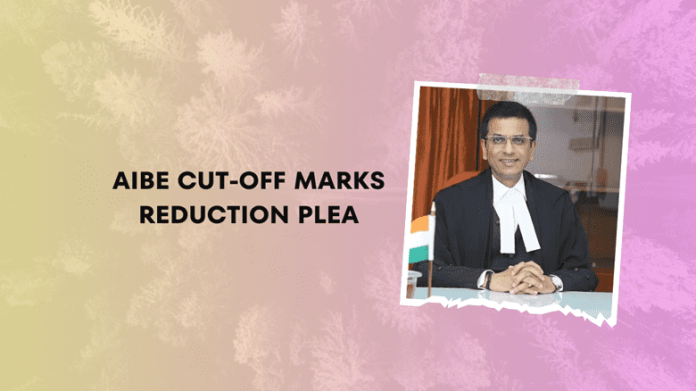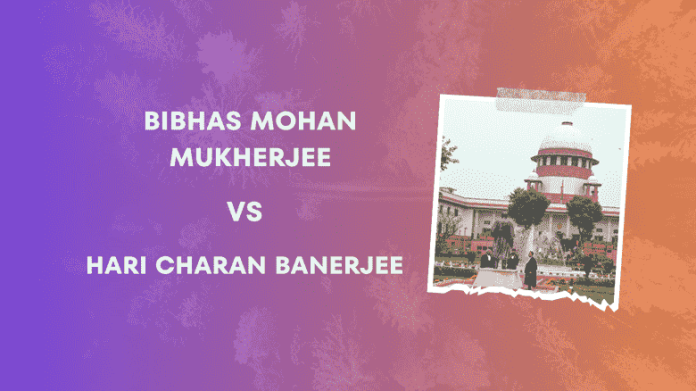Pacta Sunt Servanda: The Principle of Contract Law
Origins and Development
The concept of pacta sunt servanda has a long history. Its roots can be traced back to Roman law, where the idea of good faith (bona fides) in contracts played a central role. The principle gained further momentum in medieval Europe through the development of Canon law, emphasizing the sanctity of promises. By the 17th century, with the rise of natural law theories, pacta sunt servanda became a fundamental principle of international law.
Introduction
The Latin maxim “Pacta sunt servanda,” which translates to “agreements must be kept,” is a fundamental principle in both domestic and international contract law. It underpins the legal concept that contracts are binding agreements, enforceable by law, and essential for maintaining trust and predictability in commercial and legal transactions.
Pacta sunt servanda remains a vital principle in both international law and contract law. It promotes stability, predictability, and cooperation within the legal framework. By requiring parties to uphold their agreements, pacta sunt servanda fosters trust and facilitates commerce and international relations.
Meaning
The principle of pacta sunt servanda has deep roots in Roman law, where it was recognized as a cornerstone of contractual obligations. It was later adopted and developed by medieval scholars and jurists, significantly influencing the legal systems of modern civil law and common law jurisdictions.
The Importance of Pacta Sunt Servanda
Imagine a world without pacta sunt servanda. International agreements wouldn’t hold weight, trade deals could be broken at will, and contracts wouldn’t be enforceable. This would create chaos and uncertainty in global affairs and commerce. Pacta sunt servanda ensures predictability and fosters cooperation by requiring parties to uphold their bargains.
Application in Domestic Law
In domestic contract law, pacta sunt servanda means that once parties have entered into a contract, they are obligated to honor the terms of that contract. This principle is codified in various legal systems:
- Common Law Jurisdictions: In common law countries like the United States and the United Kingdom, the principle is reflected in the enforcement of contracts through judicial systems. Courts generally hold parties to the terms of their agreements, provided that the contract was entered into freely and is not contrary to public policy.
- Civil Law Jurisdictions: Civil law countries, such as France and Germany, also uphold the principle through their codified laws. For example, the French Civil Code explicitly states that agreements legally entered into have the force of law for those who have made them.
Exceptions and Limitations
While pacta sunt servanda is a strong principle, there are recognized exceptions. For instance, a treaty obtained through coercion or threat of force might be deemed invalid. Similarly, if circumstances fundamentally change after a treaty is signed, a doctrine called rebus sic stantibus (“as things stand”) might allow a state to withdraw.
pacta sunt servanda is a foundational principle, there are notable exceptions and limitations designed to prevent injustice:
- Doctrine of Unconscionability: Courts may refuse to enforce contracts that are deemed grossly unfair or oppressive.
- Force Majeure: Contracts often include force majeure clauses that excuse performance due to extraordinary events beyond the control of the parties.
- Public Policy: Agreements that contravene public policy or statutory law are void and unenforceable.
Application in International Law
In international law, pacta sunt servanda is a fundamental principle recognized by the Vienna Convention on the Law of Treaties (1969). Article 26 of the Convention states, “Every treaty in force is binding upon the parties to it and must be performed by them in good faith.” This principle ensures stability and predictability in international relations by obligating states to honor their treaty commitments.
Pacta Sunt Servanda in Contract Law
The principle of pacta sunt servanda also translates to the national level, forming the foundation of contract law in most jurisdictions. When you enter into a contract, you’re legally obligated to fulfill your side of the bargain. Breaches of contract can result in legal consequences, such as damages being awarded to the non-breaching party.
Case Law Illustrations
Several landmark cases illustrate the application of pacta sunt servanda:
- Commonwealth of Australia v. State of Tasmania (1983): In this Australian case, the High Court upheld the principle by enforcing the terms of a federal-state agreement.
- The Gabcikovo-Nagymaros Project (Hungary/Slovakia): This International Court of Justice case reaffirmed the principle by holding that treaty obligations must be performed in good faith.
Conclusion
Pacta sunt servanda remains a cornerstone of contract law, emphasizing the importance of honoring agreements to ensure legal certainty and stability. While there are exceptions to its application, the principle continues to play a crucial role in both domestic and international legal systems. Understanding and adhering to pacta sunt servanda is essential for maintaining the integrity and reliability of contractual relationships.
Also Read:
Rights of undertrial prisoners in India
How To Send A Legal Notice In India










